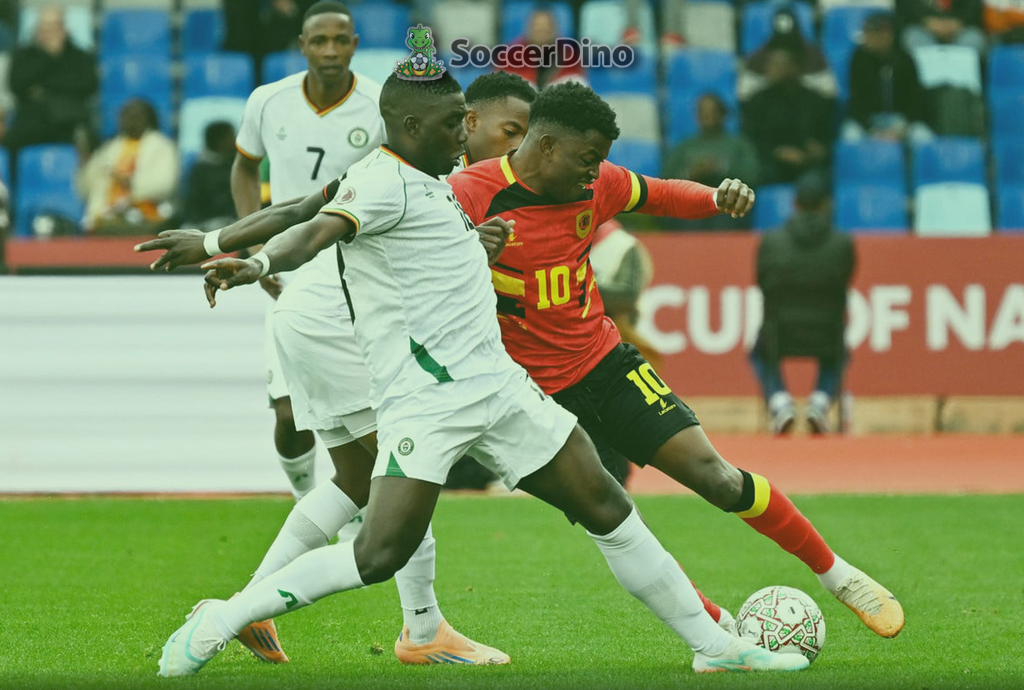The salaries of Serie A players have been revealed. Internazionale has overtaken Juventus in the rankings and is now shown to have the most expensive players under contract.

For the past decade, Juventus was synonymous with financial muscle in Serie A, regularly topping the salary rankings with the highest player wages in Italy.
However, that long-standing dominance has come to an end. In a significant shift, Internazionale, one of Juventus’ biggest rivals, has overtaken the Turin club in terms of player salaries. Inter now spends 142 million euros annually on player wages, surpassing the 114 million euros that Juventus has set aside. This marks a notable moment in Italian football, signaling a changing of the guard in terms of financial power within Serie A.
The Italian sports newspaper Corriere dello Sport captured the moment with a fitting metaphor, stating: "The 'New Lady' of Italian football is dressed in black and blue," a clear reference to Juventus' famous nickname, 'La Vecchia Signora' ('The Old Lady'). The phrase captures the sense of a new era, with Inter supplanting Juventus as the club paying the most in player salaries. This is the first time since the 2012/13 season that Inter has taken the top spot in this financial category. Yet, the increase in salary expenditure did not necessarily bring immediate on-field success, as it did back in the 2012/13 season, when Inter spent significantly but finished a disappointing ninth in the league.
Internazionale’s rise in the salary rankings reflects its ambitions both domestically and internationally. Under new ownership and management over recent years, Inter has invested heavily in their squad, bringing in high-profile players and renewing contracts with key figures in an attempt to remain competitive at the highest levels. This financial commitment paid off in part, with Inter claiming the 2020/21 Serie A title under Antonio Conte, ending Juventus’ nine-year reign. However, maintaining success has proven to be a challenge, as the financial landscape in football has continued to evolve rapidly.
Meanwhile, Juventus, known for dominating the Italian football landscape for nearly a decade, is recalibrating its financial strategy. After a period of significant investment, including the acquisition of Cristiano Ronaldo in 2018, the club’s financial outlay has been more measured in recent seasons, reflecting the need for long-term sustainability. The 114 million euros now allocated to player wages represents a notable decrease compared to previous years, marking a shift in Juventus’ approach to squad building and player contracts. Financial challenges, exacerbated by the COVID-19 pandemic, forced Juventus to rethink its spending, and the club has focused on developing younger talents and promoting sustainability over splashing out large sums on wages.
Following Inter and Juventus in the salary rankings are some of Serie A's other major clubs, including AC Milan, AS Roma, Napoli, and Lazio. These clubs are also investing heavily in their squads in order to compete for domestic titles and to make an impact in European competitions. AC Milan, for instance, has recently returned to the top echelons of Italian football, winning the Scudetto in the 2021/22 season after a decade-long drought. Milan has committed to paying competitive wages to keep their squad strong, while also balancing financial constraints and investing in the future. Roma, backed by the American Friedkin Group, is looking to re-establish itself as a force in Italian football, particularly under the guidance of José Mourinho, who joined the club in 2021.
What’s particularly striking about the salary landscape in Serie A this year is the appearance of a relatively new name in the upper tiers of spending: Como. The ambitious club, located in the Lombardy region, has been on a meteoric rise and is now playing in Serie A for the first time in eleven years. Despite being a newly promoted team, Como is paying more in player salaries than Bologna, a club that qualified for the Champions League. This stark contrast highlights the growing financial power of certain clubs and the widening gap in financial strategies within the league.
Como’s rise is a reflection of its owners’ ambitious project to turn the club into a major player in Italian football. The club has attracted international attention due to the involvement of high-profile figures like Thierry Henry, who became a minority shareholder and has contributed to their strategic vision. Their aggressive wage spending is part of a broader attempt to quickly establish themselves as a competitive force in Serie A and avoid the typical struggles of newly promoted teams. This level of investment, particularly in player salaries, underscores the ambition at Como, but also raises questions about sustainability in a league where financial prudence is increasingly important.
On the whole, the total wage bill for all twenty Serie A clubs amounts to around one billion euros annually. This figure, while impressive, is still modest compared to the wage bills in some of Europe’s other top leagues, particularly the English Premier League. Nonetheless, the growing wage expenditures reflect the competitiveness within Serie A, as clubs strive to build squads capable of winning domestic titles and competing on the European stage.
The battle for financial supremacy in Italian football is not just about signing big-name players; it also involves securing and renewing contracts with existing stars, managing player salaries efficiently, and finding the right balance between investment and sustainability. With financial fair play regulations and the economic realities of modern football, clubs like Inter, Juventus, and others must continue to navigate a complex financial landscape. For now, Inter sits atop the salary rankings, but the pressure is on to translate that spending into continued success on the pitch.
Juventus, while no longer at the top of the salary list, remains a powerhouse in Italian football and is likely to recalibrate its strategy to compete both financially and on the field. Whether Inter’s current spending will lead to sustained dominance or whether Juventus will reclaim its position in the years to come remains to be seen. For now, Serie A continues to evolve, with new players, clubs, and financial strategies shaping the future of the league.







